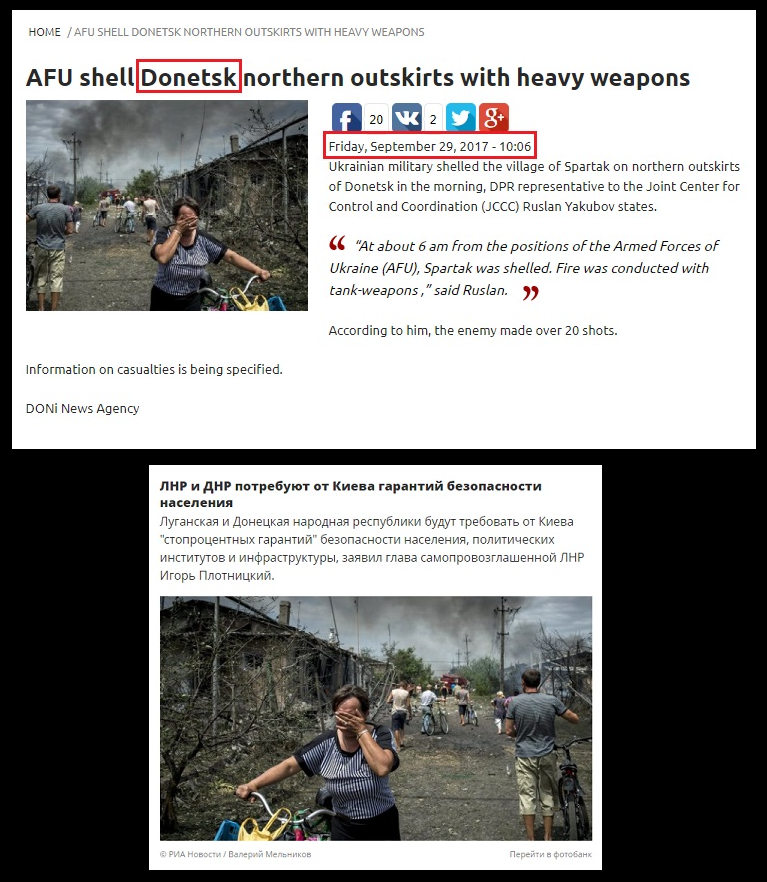Soup 42, December 13, 2022
Disinfo content types
In today’s #vatnik soup I’ll discuss different content types used for disinformation and propaganda. Narratives can be made much more powerful when the stories are supported by several types of media. A simple example of this is a news story that is complemented with images.
1/13
1/13
Some medias are extremely simple to produce, whereas others require extensive skill set ranging from video editing to highly sophisticated AI algorithms.
I’ll introduce them briefly, starting with the simplest one.
2/13
I’ll introduce them briefly, starting with the simplest one.
2/13
2) Audio:Audio editing is a pretty straightforward procedure and can be done with free editing apps such Audacity.I consider audio being the weakest medium for disinformation, as people often lack the attention span to listen to long conversations without visual information.
5/13
5/13
Disinfo spreaders often claim columns and/or opinions as news and spread them as such. After their publishing, fake news are then spread by troll farms and useful idiots which makes the whole process seem organic:
7/13
7/13
5) Videos: Fake videos are extremely powerful disinfo tool out there – based on a study by Sundar et al. (2021) almost 60% of participants considered the fake video they saw to be real and 80% would’ve shared it to their peers on social media.
doi.org/10.1093/jcmc/z…
11/13
doi.org/10.1093/jcmc/z…
11/13
At the beginning of the conflict, the information coming from the battlefields was scarce, thus several attempts at producing fake videos were made. In March and April, several fake videos from video games appeared online. The video below (with added audio) is one of those.
12/13
12/13
Twitter removed the last part:
In the near future, most videos will be produced with deepfake technologies. In deepfakes, actors appearing in videos can be replaced with others. One example of this was the fake video where Zelenskyy urged his countrymen to surrender.
13/13
In the near future, most videos will be produced with deepfake technologies. In deepfakes, actors appearing in videos can be replaced with others. One example of this was the fake video where Zelenskyy urged his countrymen to surrender.
13/13
| Topics |
|---|
| Related soups |
|---|


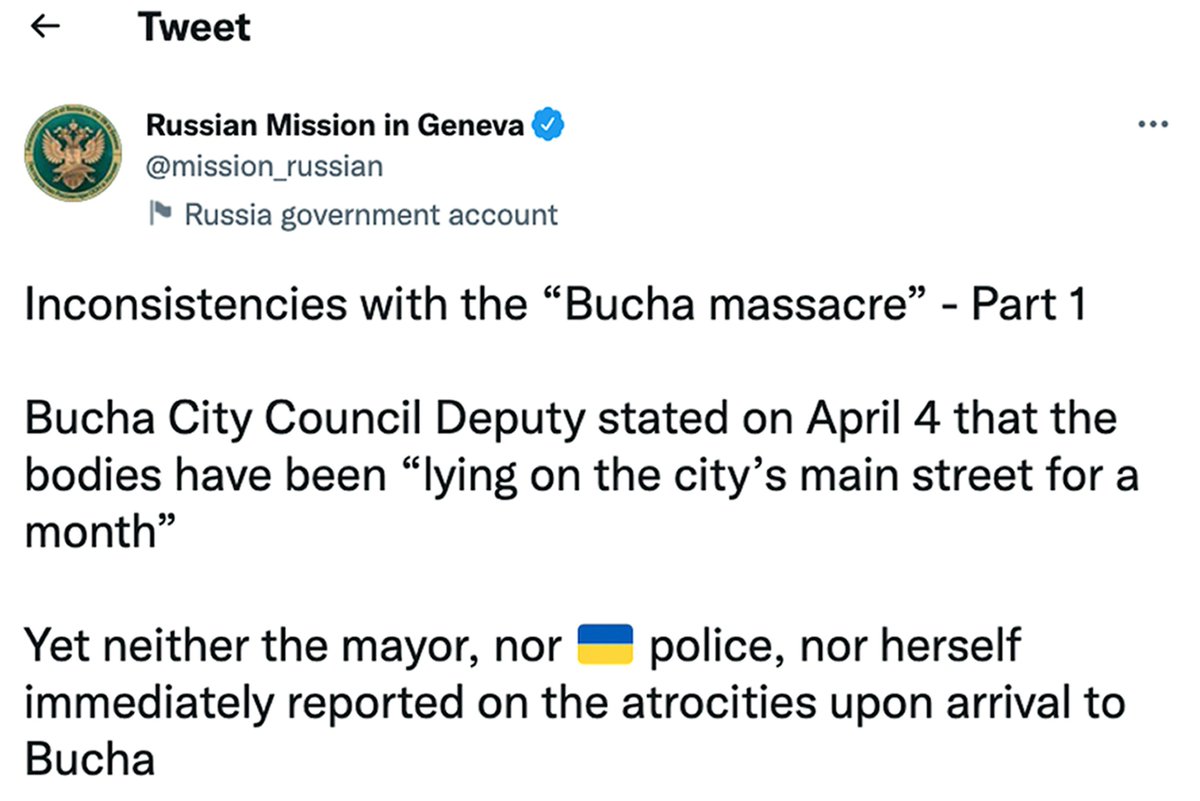

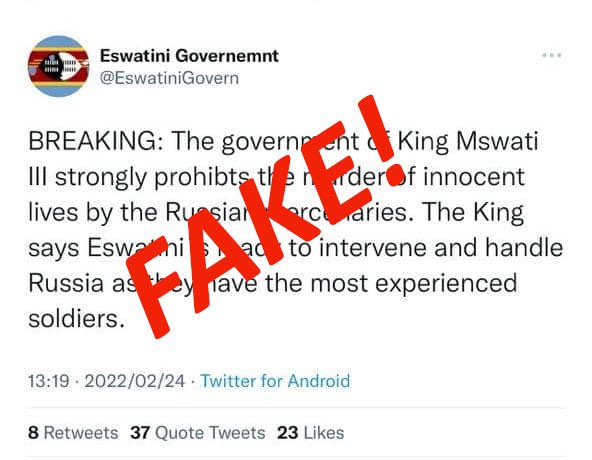

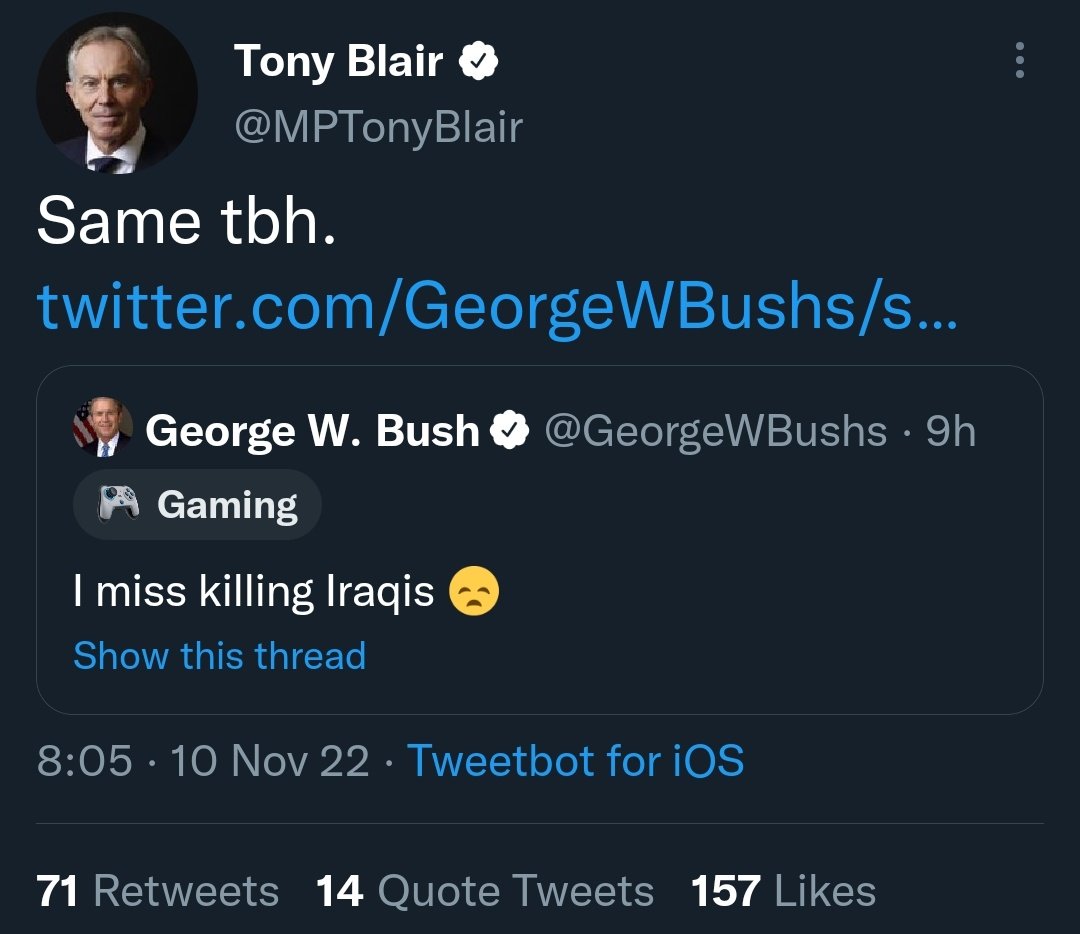


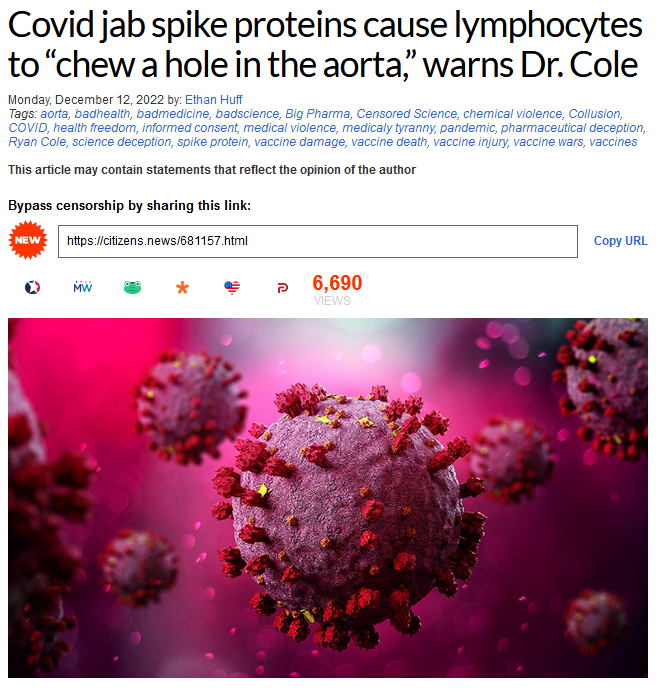

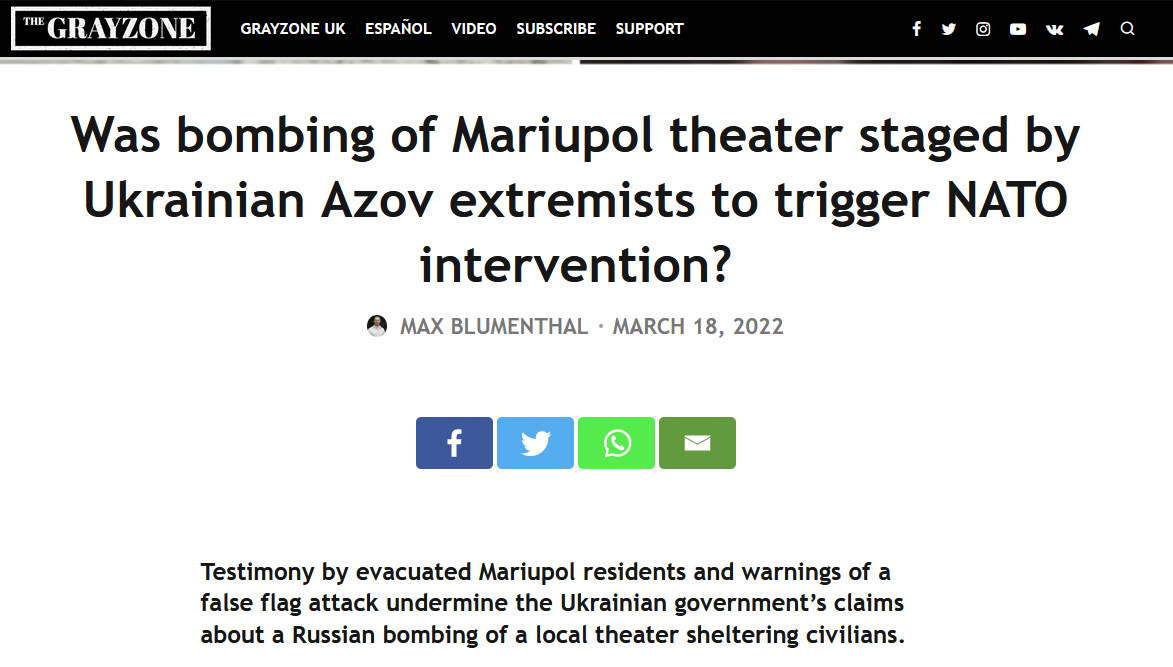
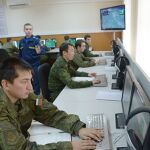 Troll farms
Troll farms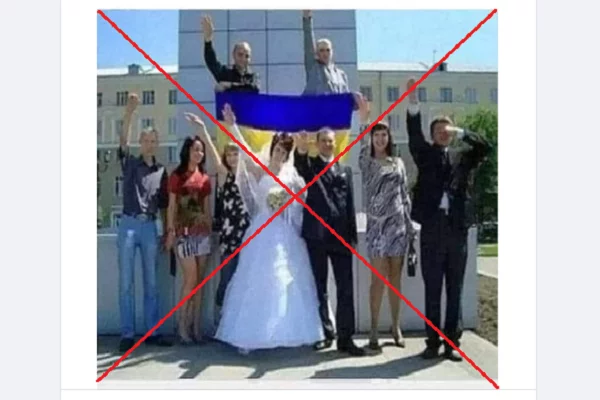
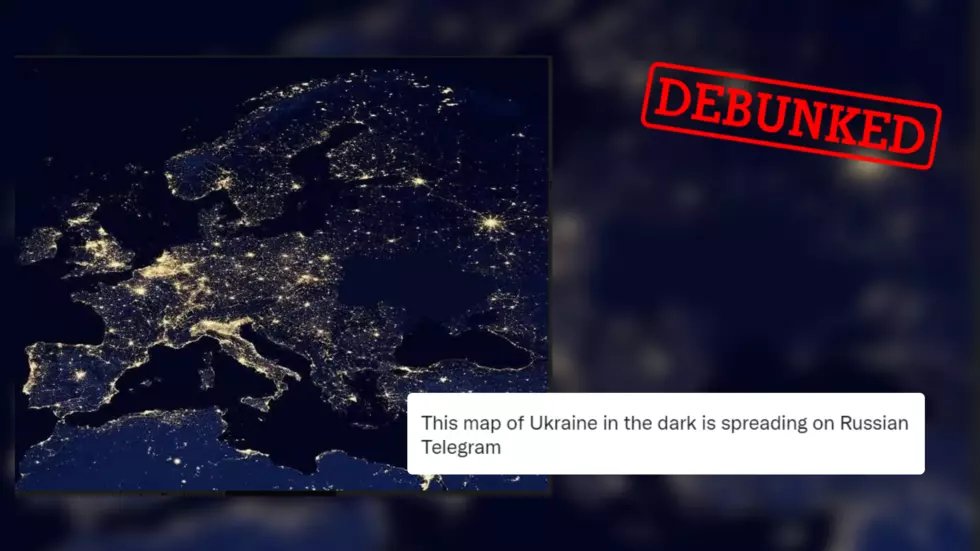
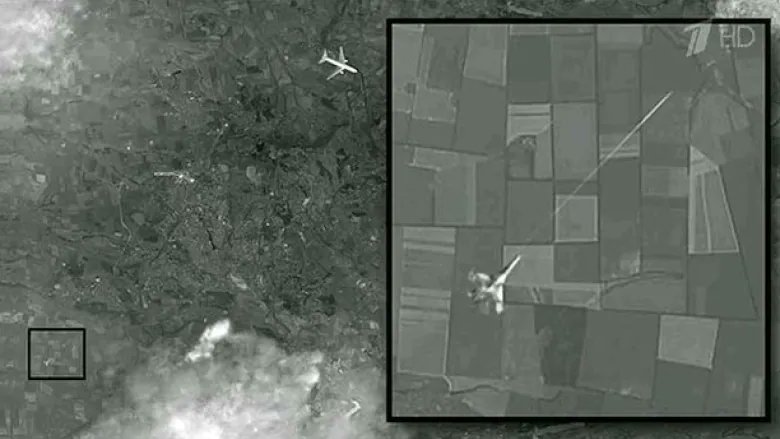
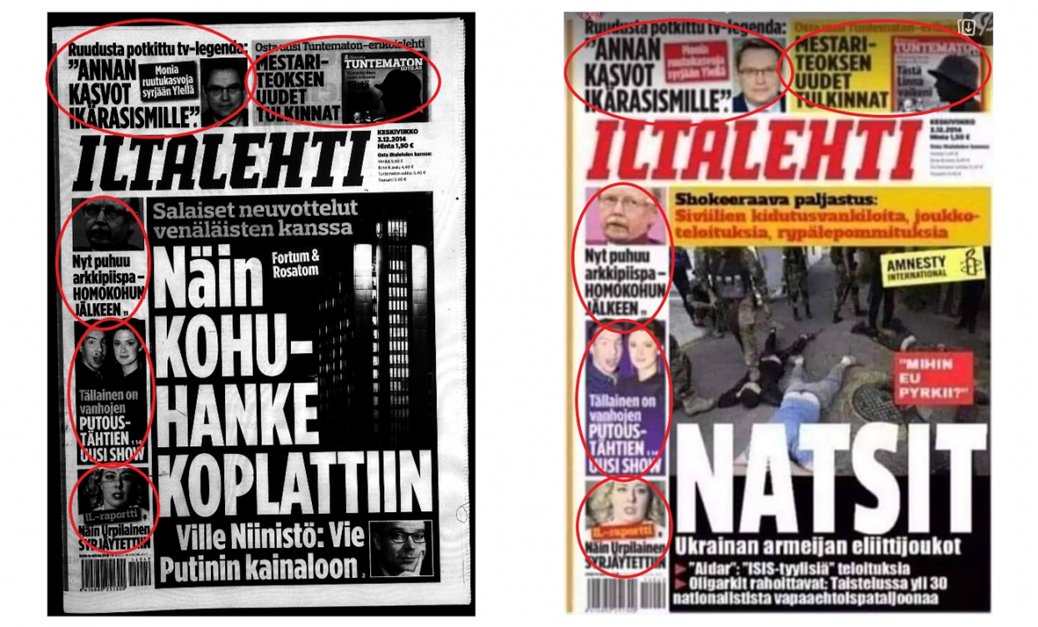
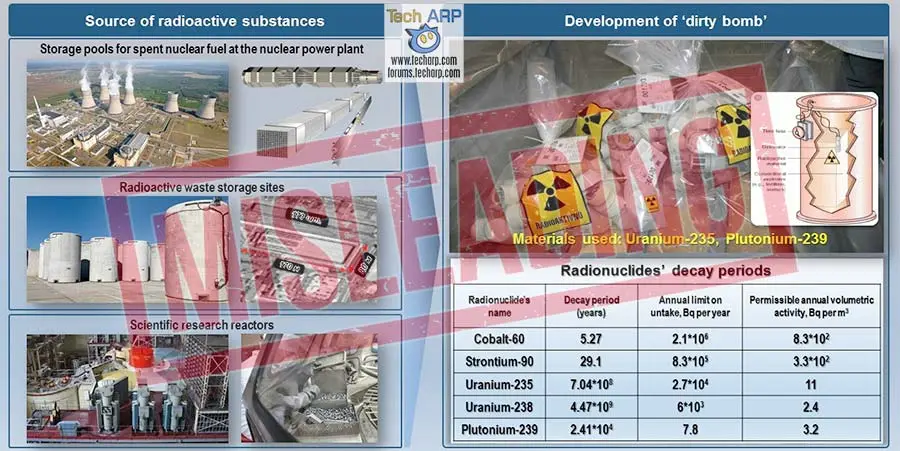
 Six Fake News Techniques and…
Six Fake News Techniques and…